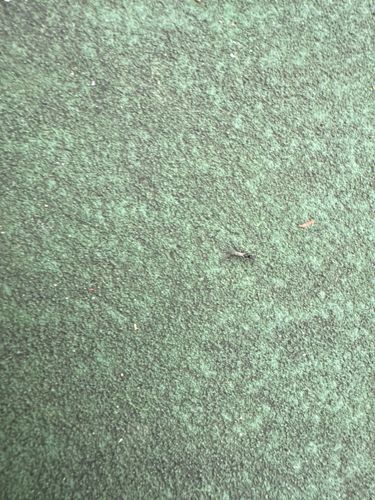Ant
Scientific Name: Formicidae (family)
Order & Family: Order: Hymenoptera, Family: Formicidae
Size: Most ants range from 2 to 25 mm (0.08 to 1 inch) in length, though some queen ants can be larger.

Natural Habitat
Ants are found in nearly every terrestrial habitat on Earth, except for Antarctica and a few remote islands. They build nests underground, in wood, under rocks, in trees, and even within homes. Their nests can be simple burrows or complex, extensive tunnels and chambers.
Diet & Feeding
Ants have a diverse diet depending on the species. Many are omnivores, feeding on nectar, seeds, fungi, other insects (both living and dead), and sugary secretions like aphid honeydew. Some specific ants are strict predators, scavengers, or even fungus farmers.
Behavior Patterns
Ants live in highly organized colonies that can range from a few dozen to millions of individuals. They exhibit complex social behaviors including division of labor (queen, workers, soldiers, males), cooperative foraging, brood care, and communication through chemical signals (pheromones). They are known for their trails, following paths laid down by scout ants.
Risks & Benefits
Benefits: Ants play a crucial role in ecosystems as decomposers, soil aerators, seed dispersers, and predators of other insects. Risks: Some species can be considered pests when they invade homes searching for food. Certain species have painful bites or stings (e.g., fire ants). Some can damage wooden structures (e.g., carpenter ants) or crops.
Identified on: 8/19/2025